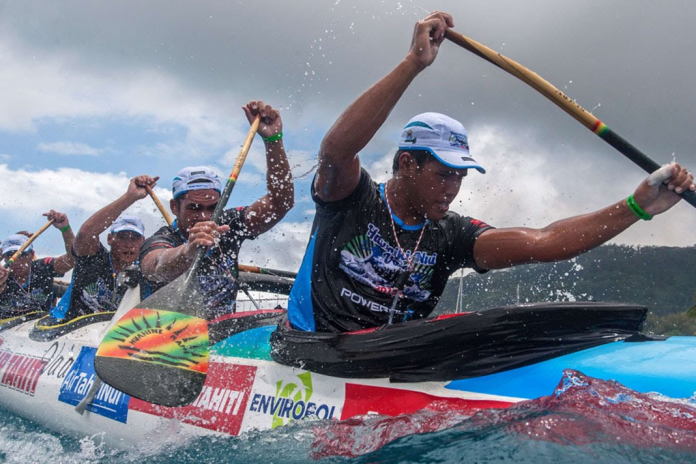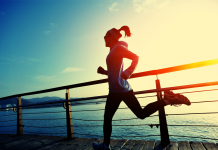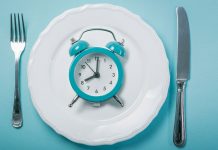Have you ever experienced sore muscles following an intense bout of exercise or competition? Are you working harder, but going slower? Losing muscle and storing fat? Low energy? Getting sick? Exercise is a physiologic catabolic stress to the body and results in muscle hypertrophy, improved mood, slowing down of the aging process, and is an effective approach for reducing the risk of cardiovascular disease and cancer; but too much of a good thing can be problematic. Pushing the limits of exercise can be very taxing on the body and can actually cause harm. As our sport technology and training continue to evolve, so can our response to exertion with proper sports recovery strategies. Before discussing the solutions, let’s first explore some of the detrimental impacts of overtraining and extreme physical challenge.
Exercise and Muscle Soreness:
Delayed onset muscle soreness, also known as DOMS, is a phenomenon most athletes have experienced. High intensity exercise in undertrained muscle groups, damages muscle tissue and mediates an inflammatory process resulting in swelling, tenderness and pain which peaks 24 to 72 hours following a bout of exertion. DOMS aversely impacts sports performance by impairing joint range of motion, reducing strength and power, and changing tech-nique.
Exercise and Hormones:
Hormones such as cortisol and tes-tosterone play an important role is sports recovery. Cortisol is our stress hormone produced by our adrenal glands which is released in conjunction with adrenaline in response to physical and mental stress. Many do not realize that exercise is a physi-cal stressor on the body and overtraining or intense bouts of exercise can result in surges of cortisol production which may lead to a catabolic state where muscle is broken down. Proinflammatory cytokines expressed in high concentrations during overtraining have been documented to lower testosterone levels.
Exercise and Immune Function:
Salivary immunoglobulin A (S-IgA) is an important component of the immune system due to its location in the mucus membranes which is commonly the initial interface with the external environment. Moderate intensity exercise improves im-mune function, while physical inactivity and high-intensity exertion can suppress immune function leading to an increased risk of upper respiratory infections. As a consequence, high-performance athletes with high volume and intensity exercise are more susceptible to contracting colds. Strategies to Improve Sports Recovery: Implementing the “Four R’s” of athletic recovery can help with exercise adaptation and includes the following: Refuel, Rehy-drate, Rest and Repair
Refuel:
Following a rigorous bout of exercise, energy stores are often depleted. Although it may be tempting to replace those burned calories with quick and cheap calories or celebrate with a beer, whole-food, high quality protein, collagen and carbohydrates should be the staple of your recovery meal. Consider consuming anti-inflammatory foods while avoiding sugar and fast foods. Eating a nutrient dense diet will acceler-ate healing and repair damaged muscles. Supplementing with amino acids, whey protein, collagen and dextrose post-work-out can an easy strategy to recover quicker.
Rehydrate:
Relying on thirst is often a poor strat-egy to hydrate properly during intensive exercise. Even mild dehydration can ad-versely affect body core temperature, sports performance and muscle repair. The color of your urine is often a quick indicator of hydration status. High temperature, hu-midity, UV exposure and exercise intensity increases the need of hydration, so it is not uncommon to finish races in Hawaii in a dehydrated state. Refilling those stores with added electrolytes is a must, hours to days after an intense bout of exertion. Alcohol acts as a diuretic in the body and often makes dehydration worse. Although access may be limited, IV rehydration can be a very effective recovery strategy.
Rest:
Overtraining is common among motivated athletes, but more is not always better. The great athletes in sport with long careers and minimal injuries have mastered the art of rest. Ensuring optimal sleep quality and duration following intense bouts of exercise or competition improves recovery time and reduces the risk of injury. An emerg-ing measurement of physiologic recovery is Heart Rate Variability (HRV) which is monitored through technology. Many pro-fessional sports teams who have very rigor-ous training, game and travel schedules are using HRV to monitor exercise recovery. Keep an eye out for wearable technology to hit the market, many are sure to be track-ing HRV.
Repair:
There is research to support strategies to improve the repair of damage and inflammation caused by exercise. Compression technology, cold immersion, massage, active recovery exercises, and nutraceuticals can offer recovery support.
Compression wear may help increase blood circulation from your extremities back to your heart for oxygenation. Icing causes vasoconstriction which helps reduce inflammation around muscle trauma. Anti-inflammatory medication or botanicals such as turmeric, boswellia and ginger can calm down swelling and pain. Adaptogenic herbs such as rhodiola, ginseng, ashwaganda, and eleutherococcus can help the adrenals adapt better to the mental and physical stress of exercise. Supplementing with the amino acid L-glutamine can reduce the risk of colds commonly caused by a decrease in the immune cell, lymphocytes, following intense bouts of exercise.
Watch for signs of under-recovery, such as prolonged muscle or joint soreness, on-going mental and physical fatigue, unusually poor performance and power output, and feelings of illness and lethargy. These strategies can help you recovery faster so that you can begin training harder sooner.
Landon Opunui, ND
Integrative Medicine Specialist
Manakai O Malama
932 Ward Ave #600
Honolulu, HI 96814
www.DrOpunui.com
Office Phone: 808-535-5555
Fax: 808-535-5556
Cell: 808-779-4669









